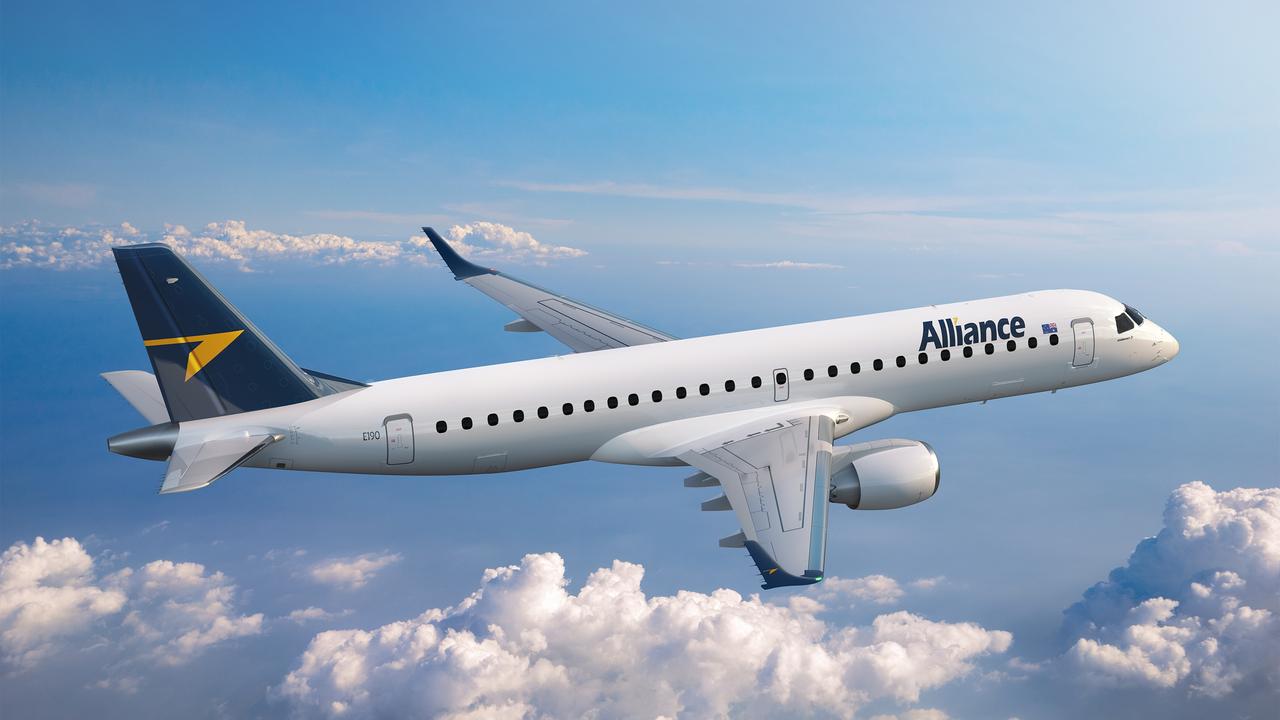Simulators beat learning on the fly
Simulators are such a necessary part of training an airline pilot.
Simulators are such a necessary part of training an airline pilot.
Flight Safety International, one of the world’s leading simulator training organisations, has as its motto “the best safety device is a well-trained pilot”. Simulators are necessary for training in all emergencies, some of which would be hazardous if undertaken in an aircraft. Airline pilots generally go through intensive refresher and check rides every six months. Failure would result in retraining and further failure in loss of employment.
Simulator training is expensive and smaller third-world airlines generally do not have simulators, so pilots who were initially type-trained on a simulator may lose their emergency response skills through being unable, due to cost, to do refresher type-training.
My B777 simulator training in 1996 fully qualified me as a B777 captain without even having seen an actual B777 aircraft, although I still had to do three night landings (circuits) to be released to line.
I learnt to fly on Vampire jet dual aircraft. My next aircraft was the single-seat Sabre, with no dual instruction other than the instructor standing on the wing next to the cockpit showing me how to start the engine. A tap on the helmet with a “good luck” and you were duly anointed in the bar that evening if you made it back alive. My next aircraft, the wonderful Mirage, had a simulator but without the fancy visuals of modern simulators. The simulator, unlike the aircraft, had the rocket motor that was originally fitted for very high altitude Russian bomber interception.
We had competitions to see who could bust 100,000 feet. Accelerate to Mach 2 at 36,000 feet then pull up and light the wick. The jet engine would flame out passing 75,000 feet due to low air density. I made it to 99,700 feet once, but with the nose pointed exactly vertical as my airspeed went to zero the simulator froze, locked up, and I descended out of control to crash. The Mirage was a very easy aircraft to land. The GCA (ground-controlled approach) called for approach in level flight at 1500 feet at about a nose-up attitude of eight degrees.
On the command “commence descent now”, lower the nose three degrees and engage the approach control on the thrust lever commanding a constant speed of 195 knots by varying the thrust. Very small adjustments in pitch and heading to the commands of the GCA controller were all that was required and at 200 feet “look ahead and land visually continuing with glide slope and heading (information) with your wheels should be touching down now” from the controller.
The point of mentioning this is that it illustrates, for the approach angle of three degrees which is the standard for all jet aircraft, that it is the aircraft pitch attitude that gives the glide slope approach angle and engine thrust controls the speed. During training general aviation pilots are taught the piston-engined technique where elevators control speed and power controls rate of descent. This is the reverse of jet technique and in part it is because an increase in power increases airflow over the wings, thus increasing lift and decreasing the rate of descent, which changes the approach angle. Pilots using this technique have trouble maintaining a stable approach in jet aircraft. A good landing comes from a good approach.
Nearly all airlines have as a standard operating procedure a stable approach limit of 1000 feet in IMC (instrument meteorological conditions — fog/cloud/heavy rain) or 500 feet VMC (runway in sight). Certain criteria of speed, rate of descent, accurate lateral track and vertical slope, spooled up and in landing configuration, must be within specified limits, otherwise the non-flying pilot should call “unstable” and a go around should be flown. Another reason for a poor approach is the overreliance on the PAPI, which is a visual approach slope indication of four lights alongside the runway touchdown zone.
The PAPI at runway 16 Melbourne that on the landing charts tells you the PAPI is set up to indicate a pilot’s eye height of 74 feet crossing the runway threshold based on two whites and two reds, that is, set up for big movers.
Landings are about the only challenge left in flying jet aircraft because sophisticated automation has made the rest easy.
Byron Bailey is a former RAAF fighter pilot who flew Boeing 777s as an airline captain.


